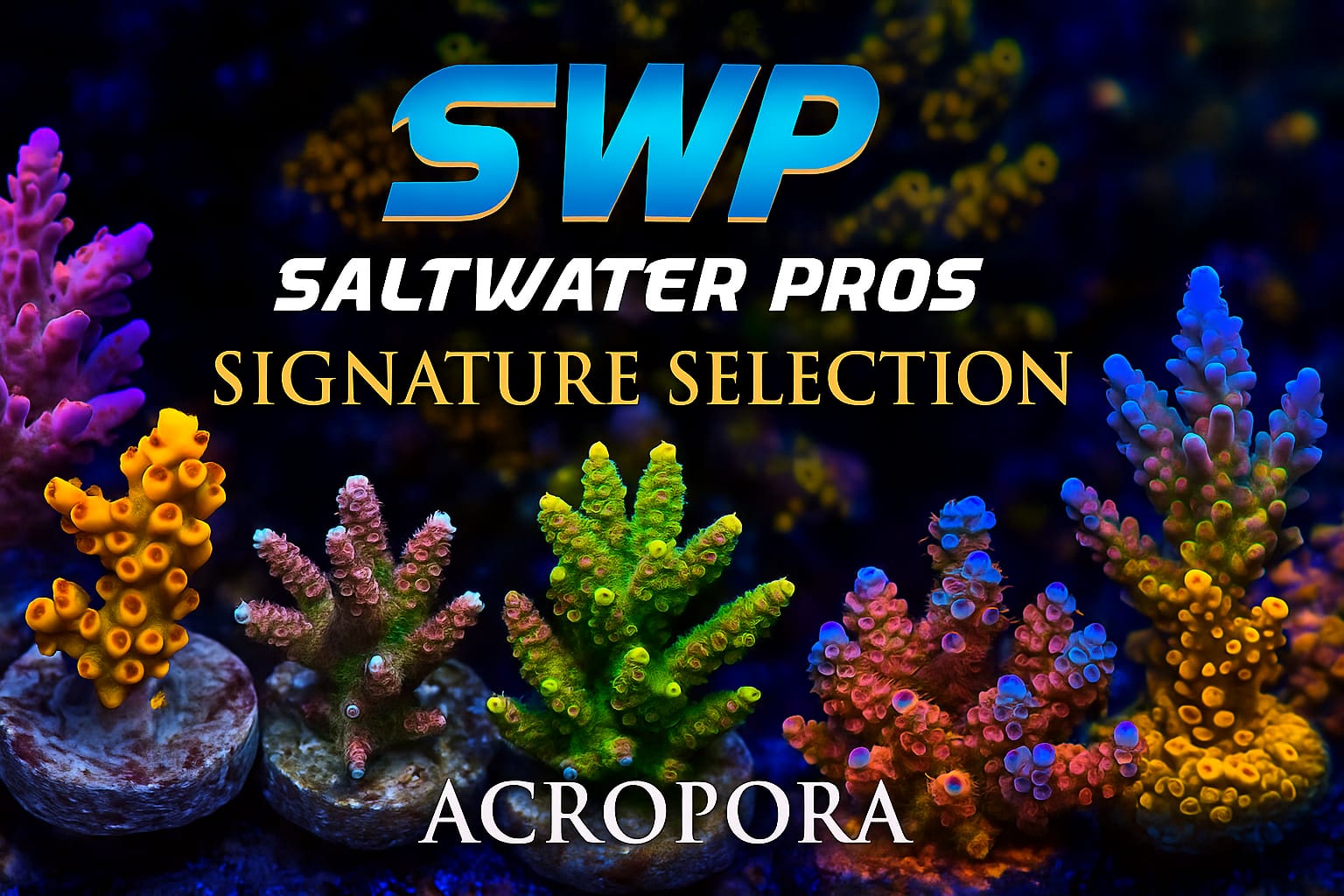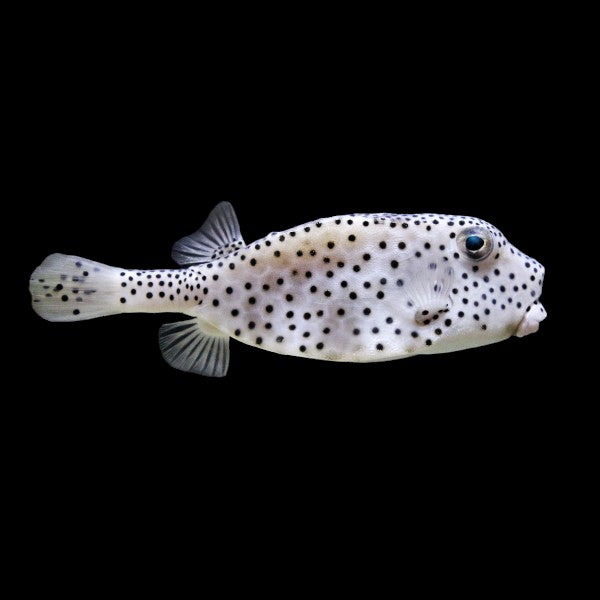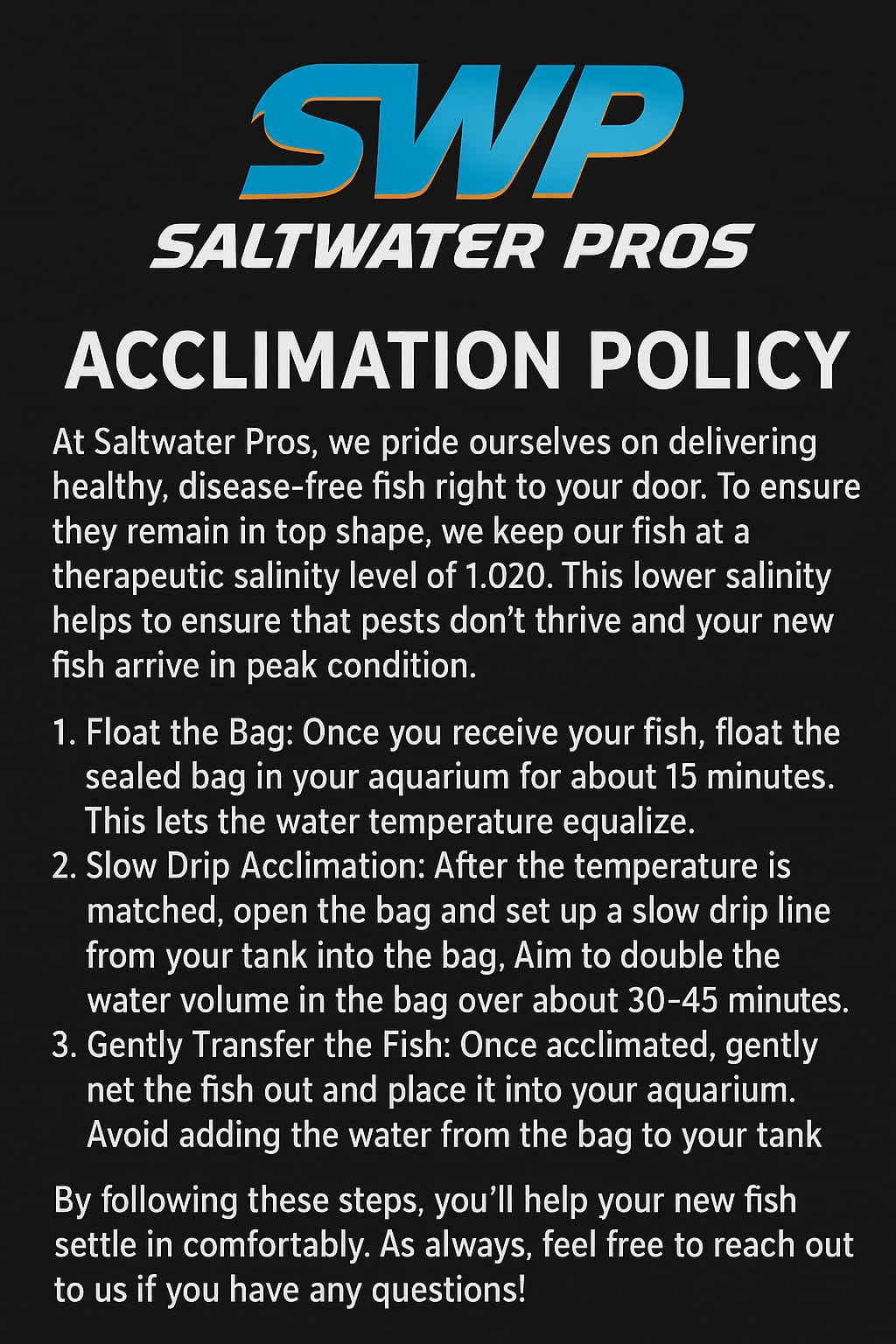Description
Click HERE to read our Dead On Arrival (DOA) policy.
Click HERE for how to acclimate the fish.
The Shortnose Boxfish (Ostracion nasus) is a species of boxfish that is known for its distinctive appearance and unique behaviors. Here are some key features and characteristics of the Shortnose Boxfish:
Physical Appearance: The Shortnose Boxfish has a box-like body shape due to a rigid, hexagonal carapace that encases its body. It has a short snout and a small, puckered mouth. The coloration can vary but often includes shades of yellow, orange, or brown. Some individuals may have dark spots or markings.
Size: Adult Shortnose Boxfish typically reach a size of around 6 to 8 inches (15 to 20 cm) in length.
Habitat: Shortnose Boxfish are found in the Indo-Pacific region, including the Red Sea, East Africa, Japan, and northern Australia.
They inhabit coral reefs, lagoons, and other sheltered areas with plenty of hiding spots.
Behavior: Boxfish are relatively slow swimmers, and their box-like shape makes them less streamlined than other fish.
They use their pectoral fins for propulsion and are known for their unique mode of swimming, where they use a rowing motion.
They use their pectoral fins for propulsion and are known for their unique mode of swimming, where they use a rowing motion.
Toxicity: Like many boxfish, the Shortnose Boxfish has the ability to release toxins, primarily tetrodotoxin, as a defense mechanism. Tetrodotoxin is a potent neurotoxin that can be harmful to other fish and even deadly in high concentrations.
Feeding: Shortnose Boxfish primarily feed on small invertebrates and algae. They use their small mouths to graze on substrate and rocks.
- Care level: Expert
- Temperament: Semi-aggressive
- Diet: Omnivore
- Reef Compatible: With Caution
-
Family: Ostraciidae
- Minimum Tank Size: 125gallons









